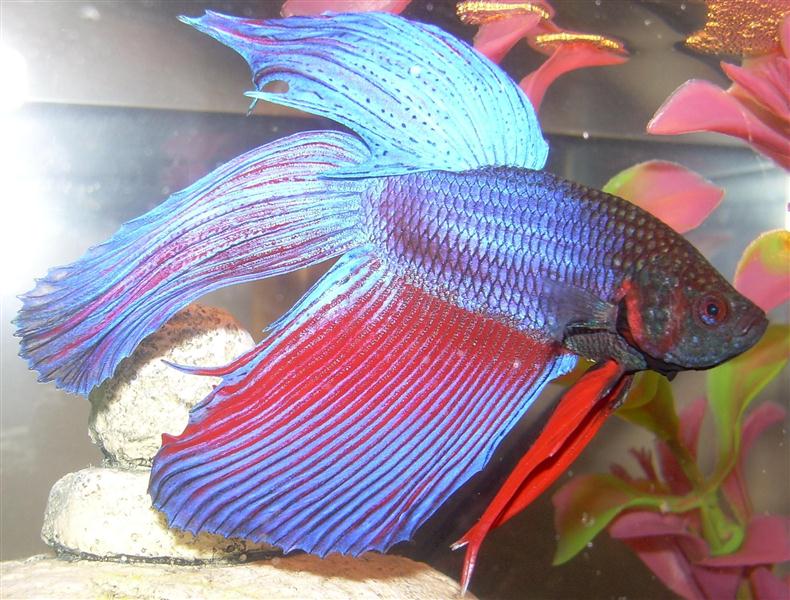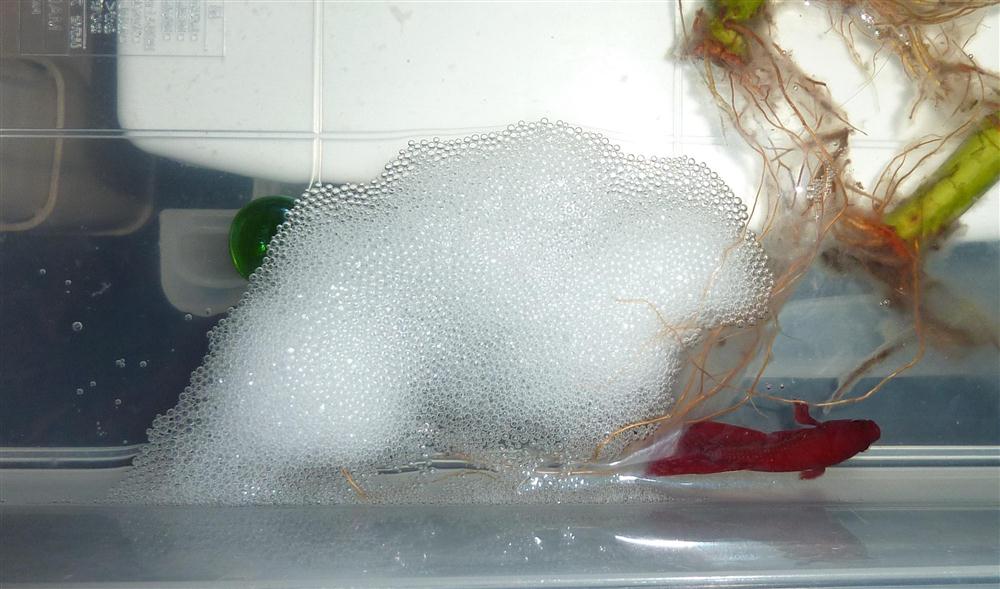The name most commonly used for the beautiful Betta Fish is the Siamese Fighting Fish.
| Common name: | The name most commonly used for the beautiful Betta Fish is the Siamese Fighting Fish. Many people also just refer to them as Betta for short. |
| Scientific name: | Betta Splendens |
| Care Difficulty: | Easy. The fish itself falls into the easy category as they are quite hardy, but there are a few factors to take into consideration. Keep on reading and find out! |
| Adult Size: | Up to 6cm (2.4 inches) |
| Original Origin: | Thailand and Cambodia |
| Betta Tank Size/Setup: | It has become popular to keep these fish in small bowls as a show piece. This actually is not the best idea as most bowls don’t have any heating and these fish don’t do well in cold water. Most will recommend a size of 2 gallons or larger. Betta Fish spend the majority of their lives at the top of the tank, so substrate is not important. They will enjoy some floating plants to use for hiding and during breeding. Keep water circulation slow and gentle. Despite the Siamese Fighting Fish name, they like they spend their day swimming around slowly in calm water. |
| Temperament / Compatibility: | These fish are peaceful, but only in the right conditions. If you see a Betta aquarium with loads of them in it, they will all be females and possibly one male. Two males should not be put together because they will fight to the death. Males will also fight with females should he feel the need to. They have a tendency to nip the fins of other fish if they are of the long finned variety. Best tank mates are fish of similar size or smaller, with short fins. |
| Water Temperature: | 24°C to 30°C (75°F to 86°F) |
| Water Hardness: | 80 to 320ppm (5 to 20°dgH/kH) |
| Water pH: | 6.5pH to 7.5pH |
| Fish Food: | Good Betta Fish care will comprise of a variety of foods to keep them healthy. They are carnivorous by nature, so the majority of their food should be meat based. Brine Shrimp and Blood Worms go down well, whether they are frozen or live. Due to the popularity of the Siamese Fighting Fish, there are foods on sale that are designed to cover all their nutrition needs. You will notice by the position of their mouth that they are best suited for eating floating food. In the wild they use this to grab flies or insects that may land on the water. |
| The Sexes: | Males are commonly more colourful than females, but breeders are now managing to breed females with the same brilliant colours. An easier way to determine sex is to look at the length of the fins, with the males being longer than females. |
| Breeding: | These fish breed by spawning, meaning the female lays eggs which are then fertilized by the male. Before the spawning process begins, the male will create a bubble nest at the top of the tank. Sometimes they will attach it to some floating vegetation. One of the images below is a top view of a bubble nest. During the act of spawning, the female will turn upside down and allow the male to go on top and wrap his fins around her. While they are in this embrace the female will release up to 40 eggs and the male will fertilize them. When the process is complete they will let each other go. The male now begins to carry the eggs and place them into the bubble nest. At this point the female should be removed from the tank to prevent her eating the eggs and also to protect her from the male who could become aggressive while tending to them. The male cares for the young by himself and will keep an eye on the nest at all times. After about 2 days the eggs will hatch, but the young will stay in the nest for 2 or 3 days until they are ready to swim free. For all this to happen, water should be kept around 82°F with a pH of 7. |
| Average Lifespan: | About 3 years |
| Comments: | The Siamese Fighting Fish is very popular and there is such a wide variety of colour variants to choose from. It is not often that you will see a community tank without one of them swimming around the top, but as mentioned before, only put one male in a tank. |




Leave a Reply